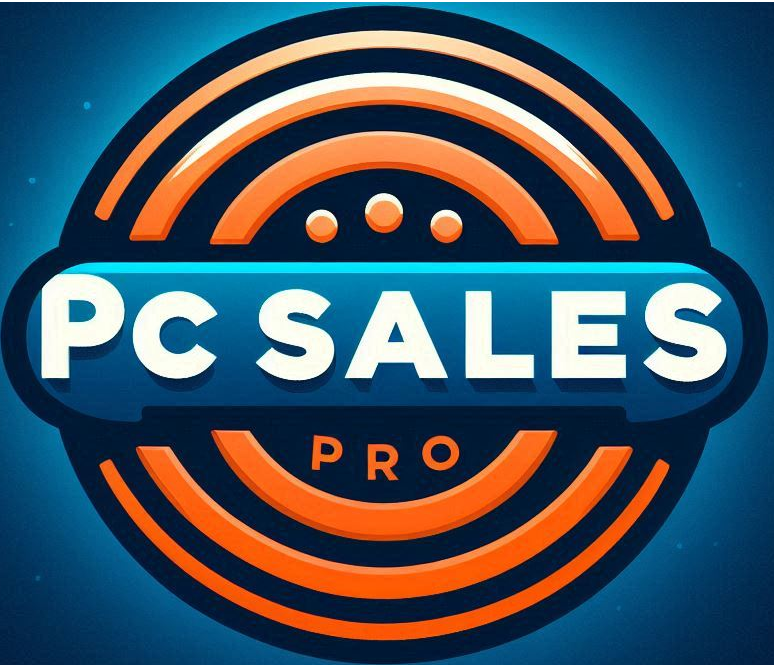Before you can pick the right monitor(s) for your business, you need to figure out exactly what it needs to do. Different working situations have different demands. For example, a graphic design company needs something way different from a data-focused organization.
First off, assess what the business does on a daily basis. If work involves a lot of spreadsheets and documents, monitors will be needed that are easy on the eyes and have the right resolution for text clarity. On the other hand, if a company creates high-definition video editing or graphics, then the company will require monitors that deliver exceptional color accuracy and vividness.
Consider the unique functions and features needed for everyday work routines. Some tasks might require multiple screens or larger displays. For instance, financial analysts might benefit from ultra-wide monitors to keep various charts and data points visible at all times.
Evaluate current technical setups. If using older computers, newer monitors might need adapters to ensure compatibility. Additionally, consider future trends and scalability. You don’t want to buy one or a dozen monitors today and realize their outdated in a year. Think about up-and-coming technologies that might affect work — higher resolutions, HDR, or even 3D capabilities might be worth considering depending the field of work performed.
Finally, think about industry-specific demands. As an example, in healthcare, monitors need to meet strict standards for displaying medical imaging with high precision. In a creative industry, professionals often need monitors calibrated for color consistency. Tailor the choice of computer monitors to what’s essential for business lines of work.
Essential Monitor Features to Consider
Resolution and screen size are big players when choosing a monitor. You want a resolution that suits the types of work performed. For instance, higher resolutions like 4K are perfect for detailed graphic work, while 1080p might be enough for basic office tasks. Screen size also matters; a larger screen can make multitasking easier.
Different panel types can affect the viewing experience. TN panels are often faster and cheaper, making them a solid pick for fast-paced tasks. IPS panels provide better color and viewing angles, ideal for creative work. VA panels strike a balance with decent performance all around.
Refresh rate and response time are key if for gaming (not that this exists in the office) or video editing. Higher refresh rates like 144Hz and quicker response times can give a smoother experience. For regular office work, a standard 60Hz should be just fine.
Ergonomics and adjustability should not be overlooked. A monitor that tilts, swivels, and adjusts in height can prevent workers from experiencing neck and back strain. This is particularly important if long hours are spent at the desk.
Connectivity options are crucial. Ensure choosing any monitor has the ports that are needed – HDMI, DisplayPort, and USB-C are common ones to look out for. Multiple ports can save the hassle of constantly plugging and unplugging devices.
Lastly, energy efficiency and sustainability make a difference in the long run. Look for monitors certified by energy-saving standards. Lower energy consumption can mean cost savings over time and a smaller carbon footprint.
Making an Informed Purchase Decision
Setting a realistic budget is important. Know what a company is willing to pay and balance it with the features needed when choosing any new computer monitor. Investing a bit more initially can often save money down the road with better longevity.
Comparing brands and reading trusted reviews can give a person insight. Not all monitors are created equal, and a little research can go a long way. Look for reviews from people in your industry to get a sense of what works best in similar contexts.
Trials and return policies offer peace of mind. Sometimes, one needs to use a monitor for a few weeks to know if it really fits his or her needs. Make sure there’s a good return policy in place just in case.
Warranties and customer support are safety nets. Monitors can sometimes have issues, so knowing you can get service or replacements without a hassle is a big plus. Check the details of a warranty before finalizing your purchase.
Exploring purchase options is smart. Buying directly from manufacturers can sometimes get you better warranties or perks, while third-party retailers might offer competitive pricing or bundles. Weigh the pros and cons based on company priorities.
